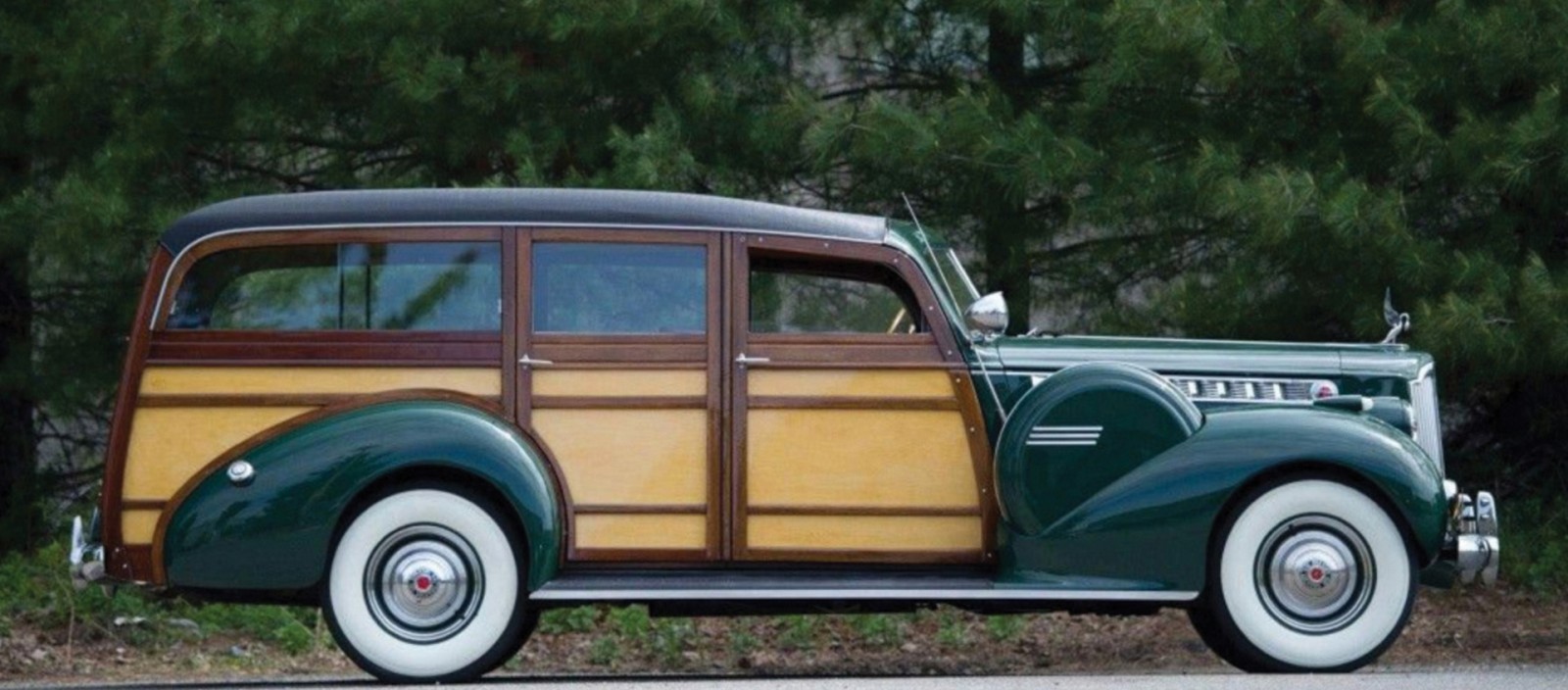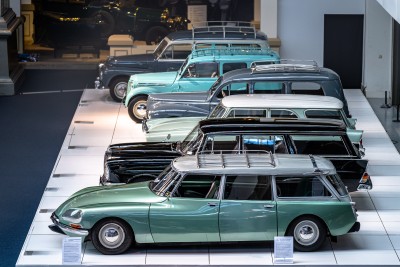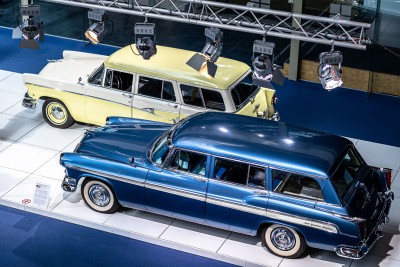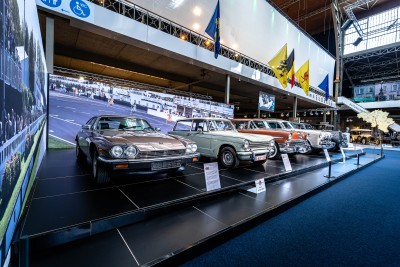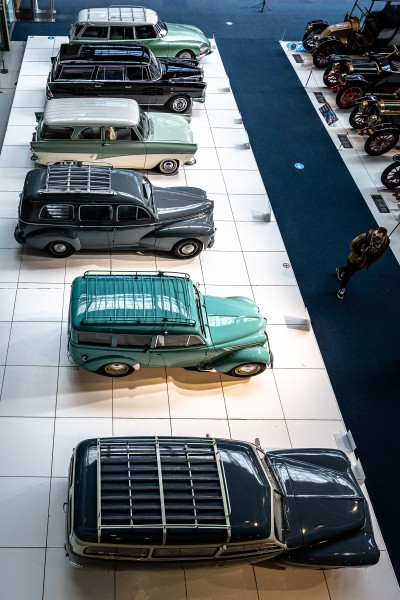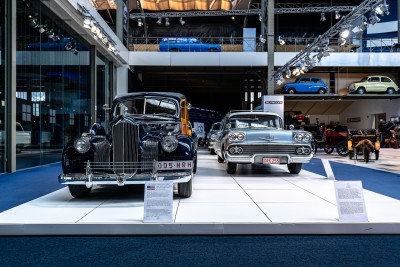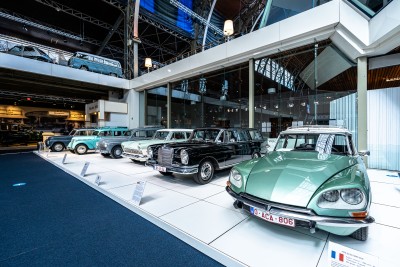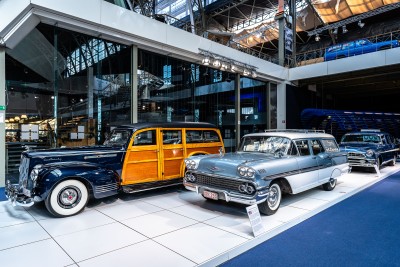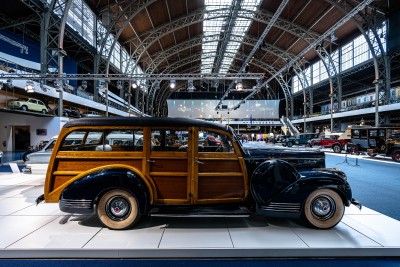Autoworld pays tribute to those cars with their extended rear ends which arrived from the United States during the ‘50s and ‘60s and which were all the rage in our countries over many years.
Breaks are older than the car. In fact, horse-drawn carriages were also called breaks. In America, they are called Station Wagons, because they were originally used, not infrequently, to transport travellers with their luggage to and from the station. These vehicles were similar to regular cars but had much more space, thanks to their extended rear ends. Before the war, they were commonly constructed, as least partially, from wood, hence the nickname “Woody”. After the war, in the height of the baby boom, these cars became popular as family vehicles, first in the US and soon thereafter in Europe.
From 02 April through to 30th of May Autoworld is exhibiting a selection of some fifteen outstanding models, primarily from the ‘50s and ’60s.Seeing the Station Wagon concept initially emanated from the United States visitors will obviously come across several American models, the oldest being a superb Packard Deluxe One Twenty Woody dating from 1941.
The Chevrolet Nomad combines sport with utility. The same goes for the 1988 Jaguar Eventer, the youngest station wagon of the exhibition.And what to say about the spectacular Chrysler 300 New Yorker Town & Country Wagon, the American dream in all its splendour or a unique Packard Model 22 transformed into a station wagon!
Among the European models, the gorgeous Ford Taunus P2 Baroc dating from 1958 is probably the only one still to be found in Belgium.
Among the more classic versions we have the Citroën ID Familiale and the Volvo PV445 Duett.Nowadays we rarely come across period models seeing the breaks of earlier times were generally worn down to the bone. This is why most of the models exhibited at Autoworld are rare and in a well advanced condition, as proven, for example by this Mercedes 230S Universal, which moreover is a Belgian product developed and built in Malines.
